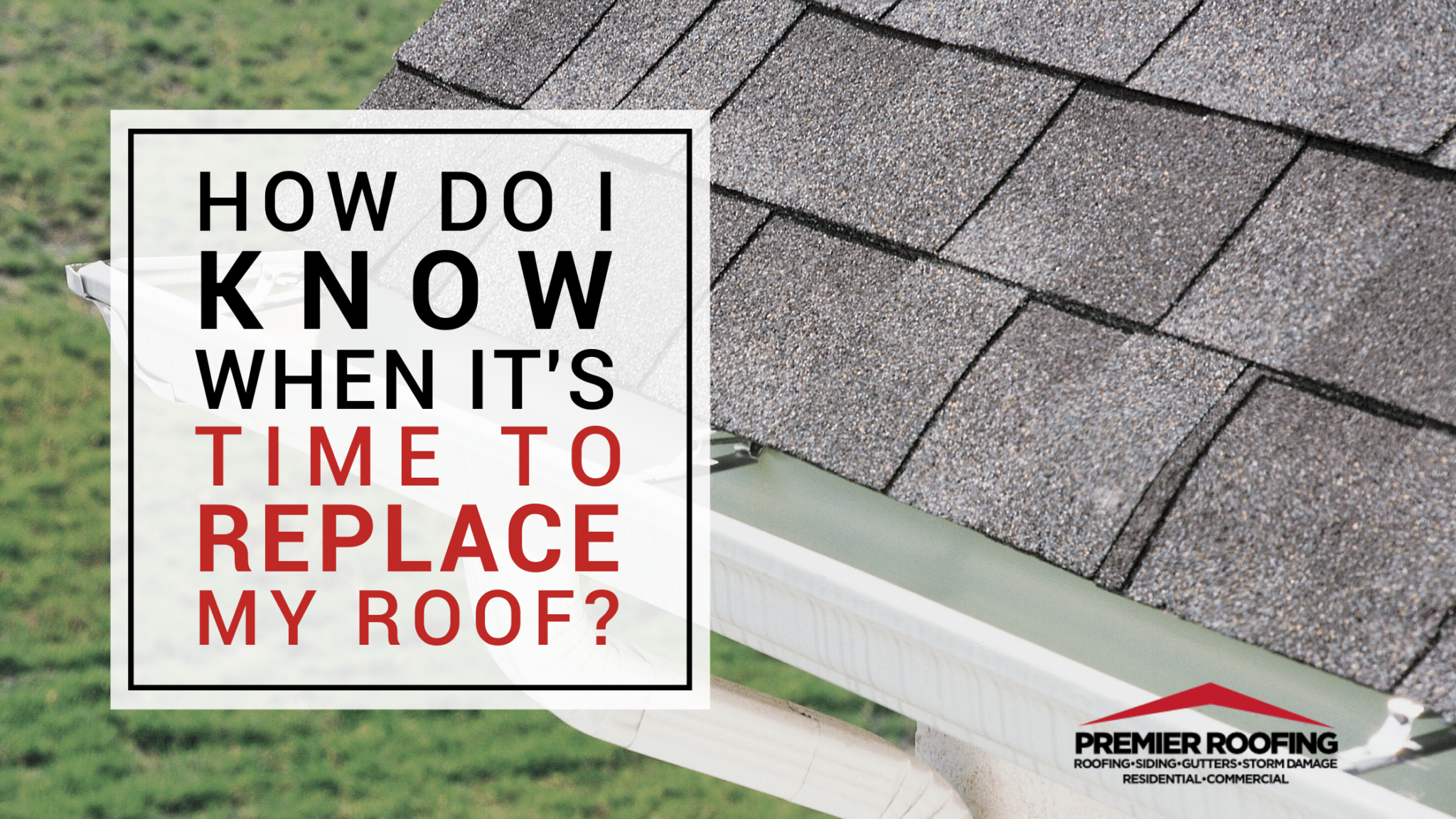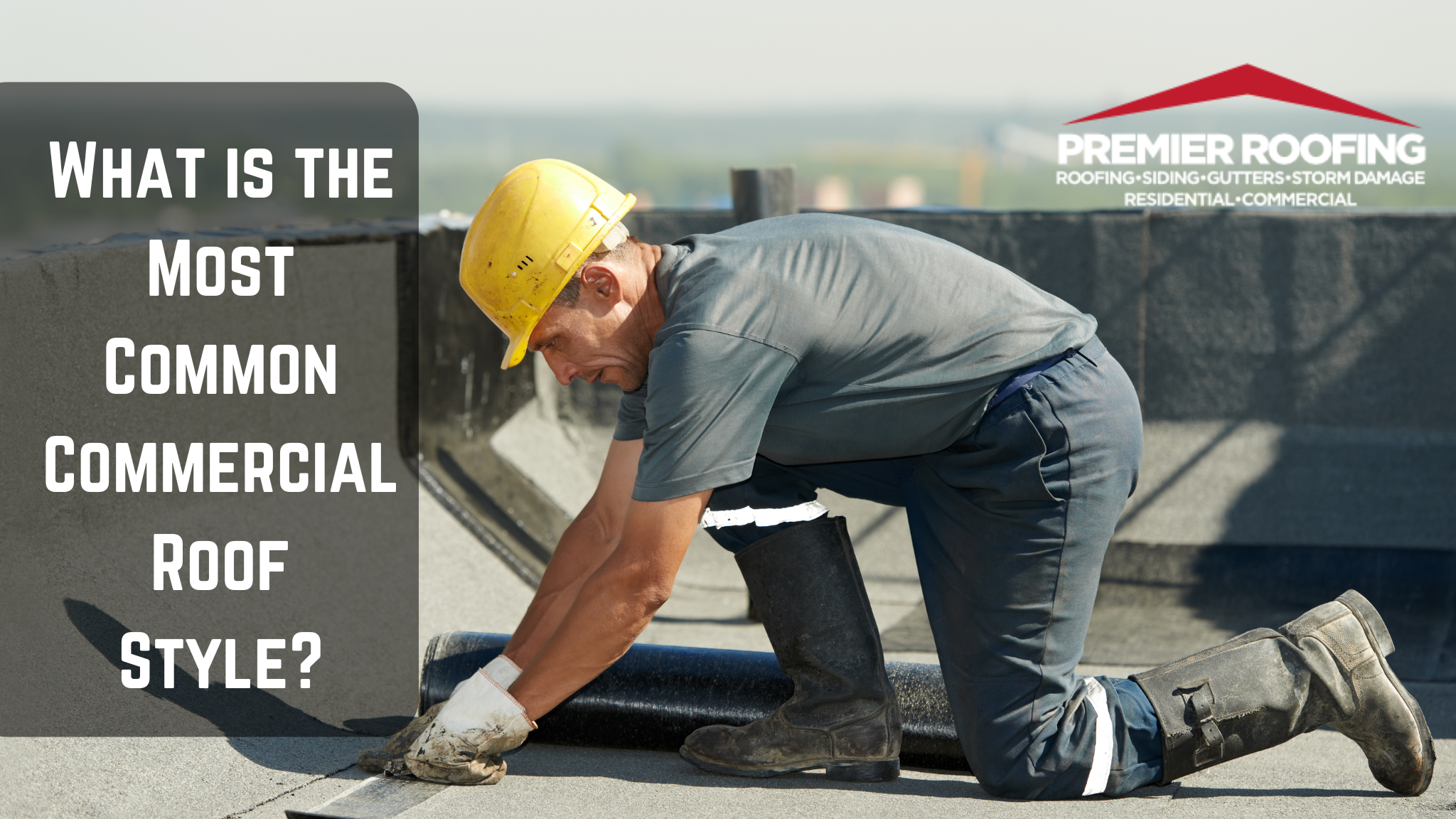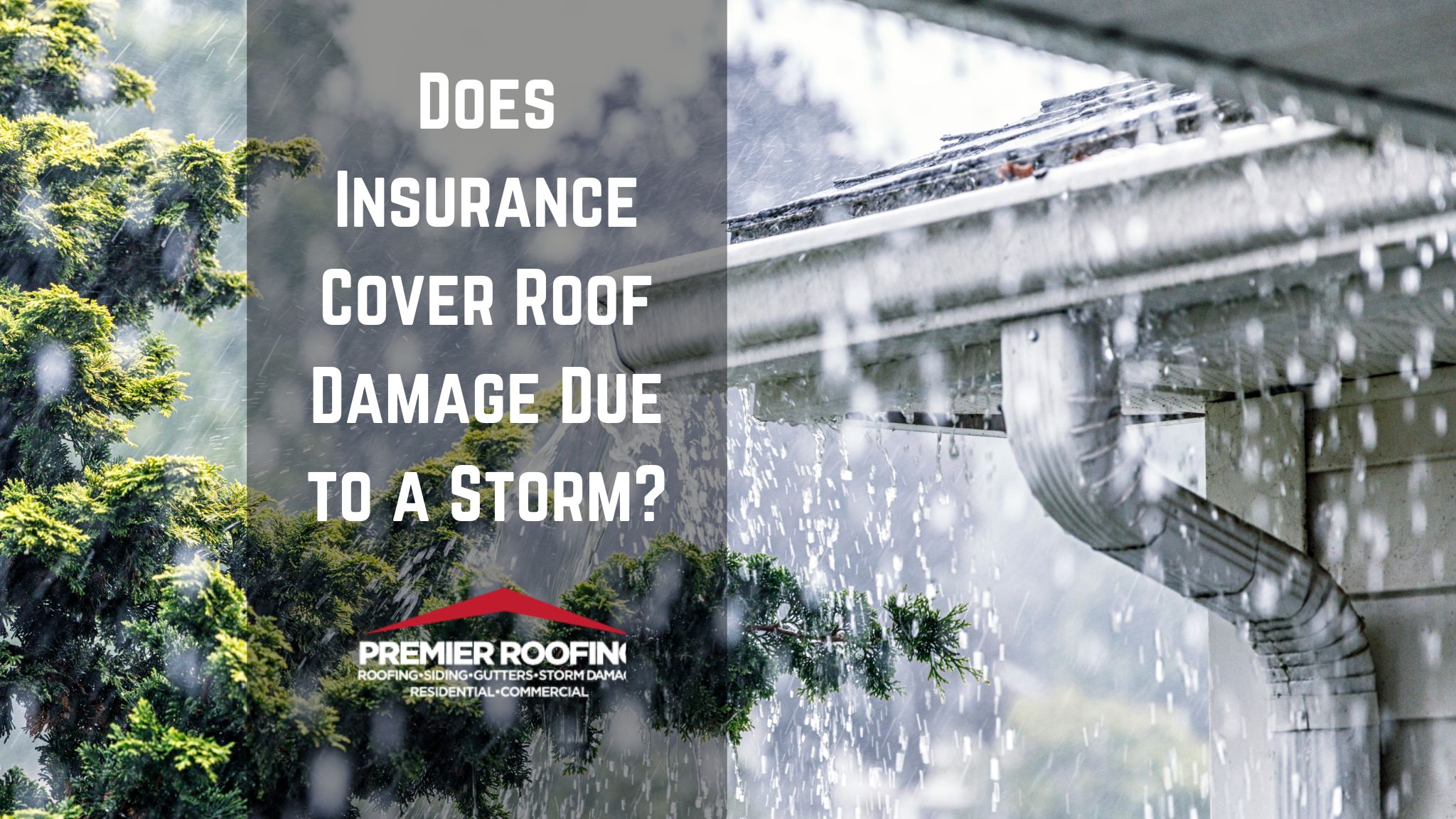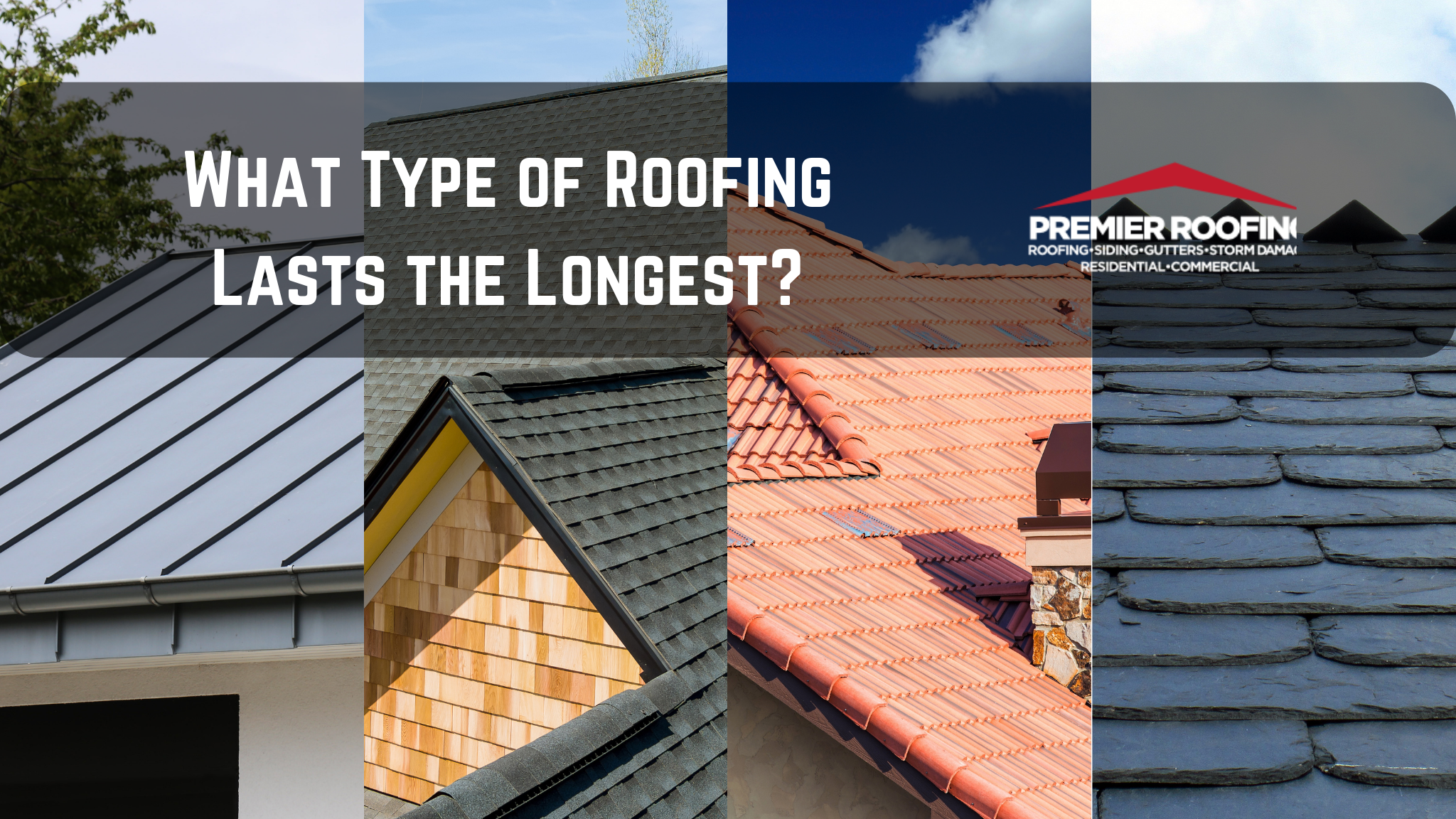When is it time to replace a roof?
Time to replace your roof? A roof, if properly installed, should last its labeled life expectancy, and it should not need to be replaced until it has reached the end of that predicted lifespan. Roofing systems’ lifespans can vary wildly depending on the type of shingled roof system you have and can range from 20 years all the way up to 50 years!
So how do you know when it’s time to replace your roof?
If you were the last person to have a roof installed on your home, then this one should be a breeze. Just pull out your warranty information and check the warranty length on your roof system. Easy, right? In theory, yes… but only if you have owned your home for 20 or 30 years, have impeccable file organization, and were the one that had your last roof installed.
For many home buyers, the roof age can be difficult to determine if the house isn’t a relatively new build. So, how do you know if your roof has come to the end of its lifespan? Here are a few of the most obvious tell-tale signs of roof damage and aging that you can look for right now to help you determine if it might be time to replace your roof.
Five Signs That Might Mean It’s Time to Replace Your Roof
Curling Shingles – Age and weather cause the asphalt in the shingles to break down and weaken over time. Changes in temperature over the years can also cause shingles to become brittle, and the corners of the shingles will begin to lift. This is called “curling” or “cupping.” This damage is often paired with cracking and/or brittle shingles.
Granules in Gutters – As your shingles age, the protective granules begin to come off. While this can happen right after a new roof is installed, it usually is considered a great indicator of when your roof is at the end of its life. If you see an excessive amount of granules in your gutters or on the ground where your downspouts drop, then it may be time to replace your roof.
Moss Growth or Algae Stains – These days, shingles come with copper oxide built into the asphalt granules to prevent moss from growing and to prevent tree algae from staining the roof. As your shingles get older, the copper oxide becomes less effective, and mosses and algae will appear. While a small amount isn’t necessarily a reason to replace your roof, an excess is a sign that your roof may need to be replaced in the near future.
Blistering – Blistering occurs at the end of shingle life and is caused by the harsh weather beating down on shingles that have poor granule adhesion due to age. Blisters look like “pits” in your shingles. These can be small (many spots the size of a pen tip) or fairly large (the size of a dime or nickel).
Missing Shingles or a Leaking Roof – These two things are paired together because they often go hand in hand. Shingles are designed to handle heavy winds. They vary in strength between 60 mph to 130 mph wind resistance while they are still in their usable life. As the shingles get older and weaker, they are prone to blow off which usually results in a leaky roof. If only one or two are missing, it may not mean your roof is toast, but at the very least, it definitely warrants a thorough inspection by a roofing professional to gauge the condition of the roof. If multiple shingles are missing, then this probably means it’s time for a fresh new roof.
These issues can sometimes be seen from the ground depending on your roof design, but they can often be out of sight or overlooked until it’s too late. Having regular roof inspections from a professional roofer is essential for maintaining the health of your roof through its lifespan. The main goal is to get your roof replaced once it has lived a full healthy life but before it begins to leak into your home, causing further damage to your roof decking and your home’s interior.
Premier Roofing is here to help ensure your roof gets the attention it needs before it causes damage to your home. Call us today at 443-713-6002 for a free inspection and estimate!





